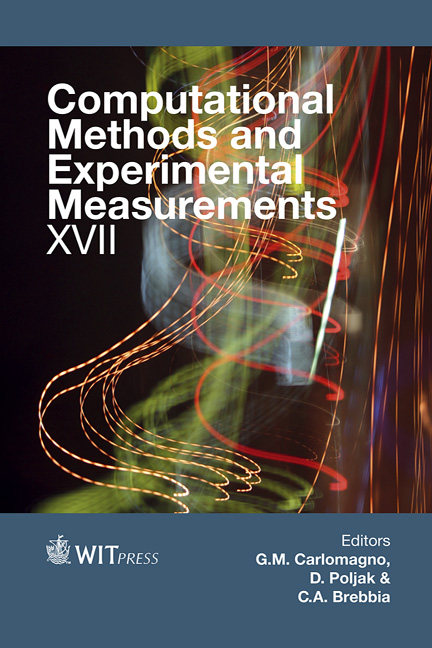Mathematical Models Supporting The Monitoring Of Civitavecchia Harbour (Rome)
Price
Free (open access)
Transaction
Volume
59
Pages
12
Page Range
443 - 454
Published
2015
Size
1,362 kb
Paper DOI
10.2495/CMEM150401
Copyright
WIT Press
Author(s)
S. Bonamano, F. Paladini de Mendoza, V. Piermattei, R. Martellucci, A. Madonia, V. Gnisci, E. Mancini, G. Fersini, C. Burgio, M. Marcelli, G. Zappalà
Abstract
Knowledge of the sources and types of pollutants, of the hydrodynamic field and of the health status of the marine ecosystems subjected to stress is needed to monitor coastal marine environments. The building of new piers and docks and the extension of a breakwater in Civitavecchia harbour have required extensive dredging that was authorised by the Minister of Environment with the prescription to monitor the coastal marine ecosystems with reference to Posidonia oceanica and benthic biocenoses. The structure of benthic communities and the health status of P. oceanica meadows are important indicators of the Ecological Quality Status of coastal marine waters (WFD, 2000/60/CE). In 2012, a multi-platform observing system (C-CEMS) was tested taking into account: a) the distribution of benthic biocenoses; b) physical and biological data acquired by fixed stations and periodic in situ samplings; and c) the results of numerical simulations of sediment particle tracking. This approach was used along the coastline of Northern Latium (Italy) between Tarquinia and Santa Severa. The dispersion of suspended and deposited materials calculated by numerical model is strongly related to the decrement of the shoots density of P. oceanica and to changes of benthic community’s structures.
Keywords
dredging activities, numerical model, Posidonia oceanica meadows, soft-bottom benthic communities





